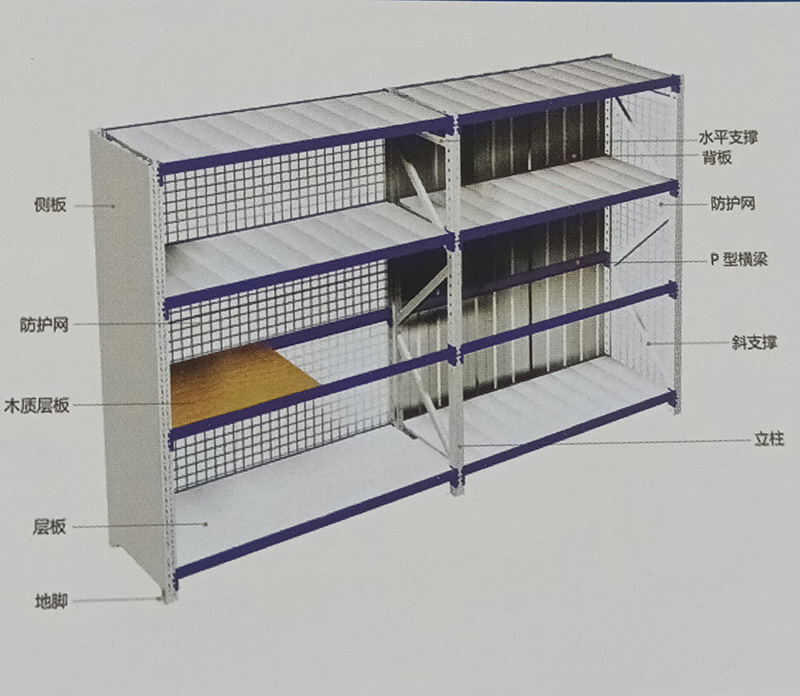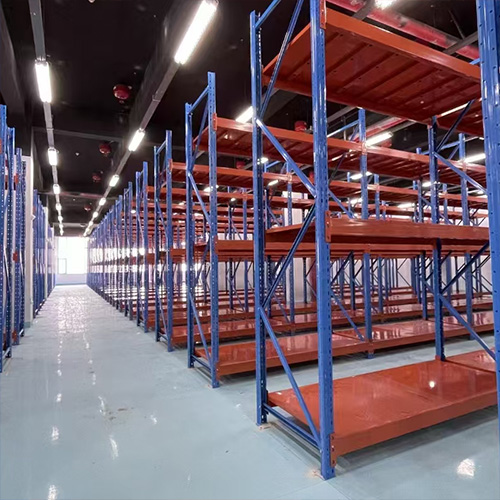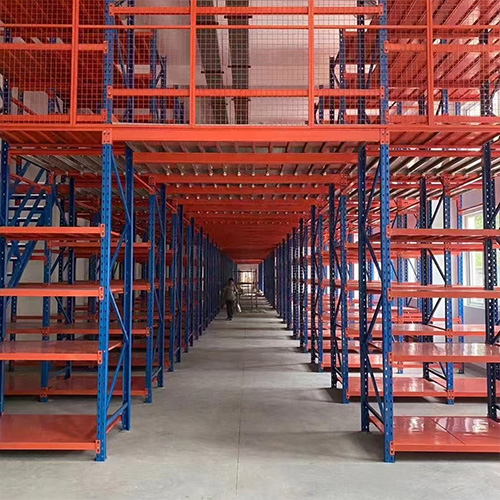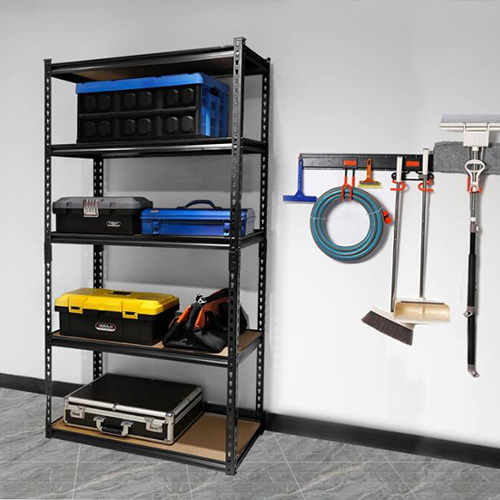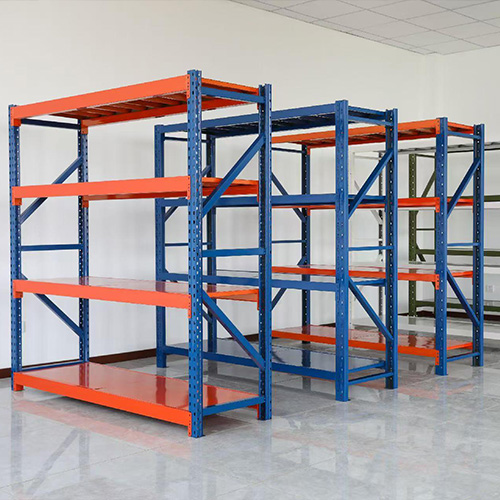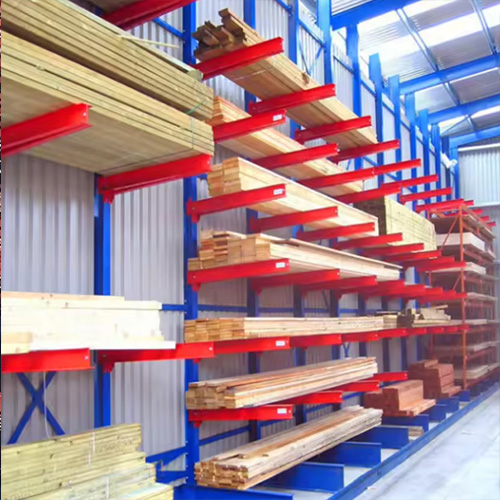The medium-sized shelf, also known as the partition shelf, is distinguished and named according to the load-bearing capacity of the shelf. According to this classification principle, the load-bearing capacity of the medium-sized shelf is medium among all warehouse shelves. It usually bears 200 - 1000KG per layer and is one of the most commonly used storage shelves. It is suitable for factories or warehouses where goods are accessed manually and does not need to be coordinated with auxiliary equipment such as forklifts, thus saving the cost of equipment allocation.
Specification Load Table (Reference)
L(mm) | D(mm) | H(mm) | 层数Number of layers(mm) | 每格每层载荷(kg) Load per compartment per layer. |
≥1800 | ≥800 | ≥3000 | ≥3 | ≥1000 |
≥2000 | ≥800 | ≥4000 | ≥2 | ≥800 |
≥2200 | ≥1000 | ≥5000 | ≥2 | ≥600 |
≥2500 | ≥1500 | ≥6000 | ≥2 | ≥350 |
≥3000 | ≥1500 | ≥8000 | ≥2 | ≥250 |
Structure of the Medium-sized Partition Shelf
- The medium-sized shelf is composed of columns, beams, shelves and so on.
- The front and rear columns and the horizontal and diagonal supports are connected by bolts to form column groups.
- There are specially designed and formed connection structures at both ends of the beam for connection with the columns.
- Safety pins are installed at the connection between the beam and the column to prevent the beam from falling off.
- The steel shelves are embedded in the inner recesses of the front and rear beams, and the shelves are connected to form a complete shelf.
- Goods are placed on top of the steel shelves.
